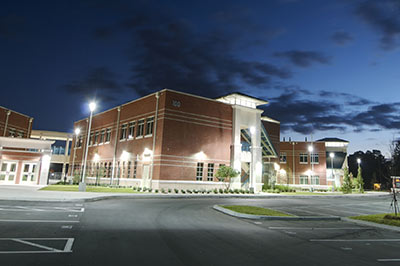A Policy Research Report to the California Department of Education, 2012. "In California’s K-12 Educational Infrastructure Investments: Leveraging the State’s Role for Quality School Facilities in Sustainable Communities, the University of California, Berkeley’s Center for Cities & Schools provides an analysis of the state’s K-12 infrastructure policies, regulations, and funding patterns. Findings reveal the need to greatly refine school facilities planning and funding policies and practices to promote sound, efficient, and goal-oriented decision making at state and local levels. The recommendations re- envision the state’s role in K-12 infrastructure as one of appropriately supporting educational outcomes and contributing to more sustainable communities through a framework of public infrastructure best practices for sound planning, effective management, adequate and equitable funding, and appropriate oversight."
"A host of policy and implementation challenges remain barriers to California maximizing its strategic use of state-level K-12 infrastructure funds. Our research findings indicate concerns of inequitable facility condition; inadequate investment, particularly in existing facilities; and lack of local government and LEA collaboration around infrastructure and land use decisions. We found likely causes for these challenges in the capital facility planning, management, funding, and accountability systems in place in the state."







